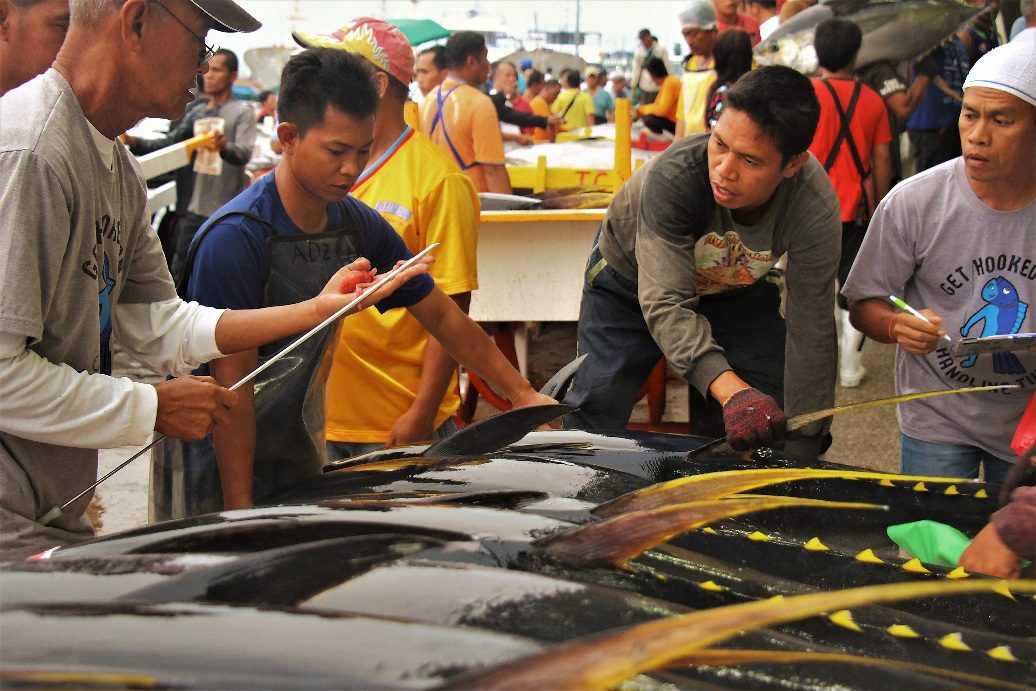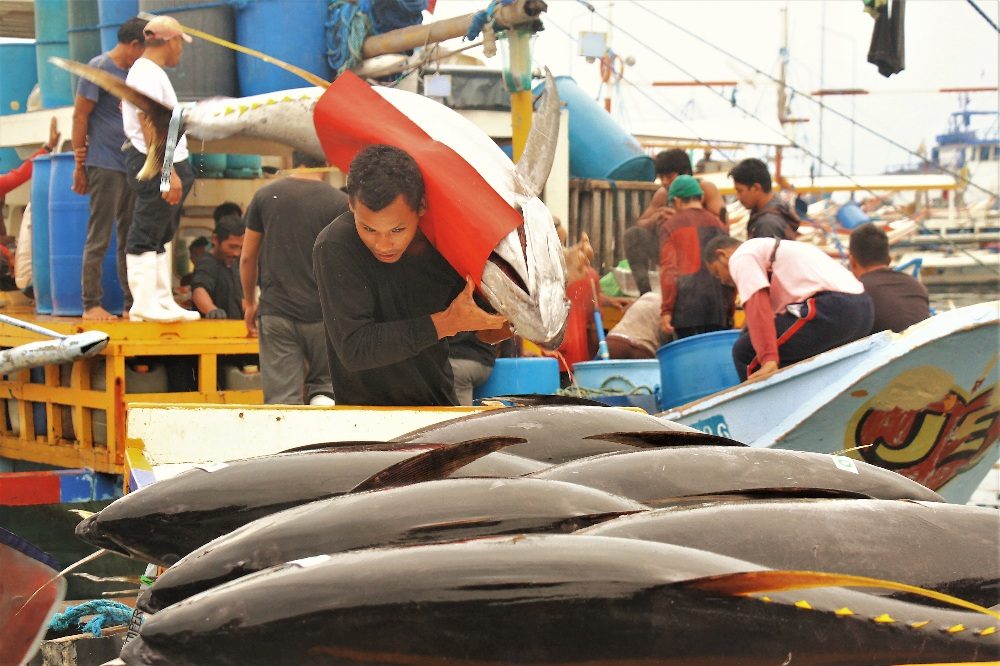SUMMARY
This is AI generated summarization, which may have errors. For context, always refer to the full article.

GENERAL SANTOS, Philippines – Merely mentioning “Gensan,” short for General Santos City, brings thoughts of tuna.
This association began in the 1990s when the burgeoning tuna fishing industry set the pace for this seaside city, earning it the title “Tuna Capital of the Philippines,” and subsequently giving rise to the city’s annual Tuna Festival.
The Tuna Festival, a weeklong celebration showcasing seafood delights, was intended to commemorate the city’s charter anniversary. The city marks its 55th anniversary on Tuesday, September 5, and the festival is now in its 25th year.

Originally known as Dadiangas in the 1960s, this windswept town was granted city status in 1968 and renamed General Santos City after the late General Paulino Santos, who headed the National Land Settlements Administration (NLSA) and led settlers from Visayas and Luzon to this area in the 1930s.
The tuna boom of the 1990s saw the development of infrastructure to support the flourishing tuna fishing industry, leading to the establishment of downstream businesses such as tuna canneries, processing plants, fresh tuna exports, and various trades.
Over 150,000 people rely on the approximately P3.4-billion tuna industry, not to mention traders from other regions who source their fish and related products from the sprawling fish port in this city, which receives nearly 300 metric tons of tuna and other fish species daily.
However, it’s not all about tuna in the market stalls and seafood shops of this city, which was built on a vibrant fishing trade that began in the 1970s.
Delicious ‘Diana’
Retired government accountant Mario Escleto, a frequent visitor to General Santos, said one dish people who visit the city should not miss savoring – the luscious and creamy taste of a filet of what residents call “Diana.”
Dante Dimerin, formerly the head of the local fisheries quarantine and inspection unit, said Diana is a pelagic type of moonfish (Lampris regius) that usually swims alongside tuna.
Also known as Opah in some Pacific islands, Diana can grow as heavy as 30 kilos, he said.
Fish vendor Gilbert Pangamal described the fish’s appearance as rounded, with a shiny gray upper body, bright orange shades, and white spots along the belly. It also has red fins and large eyes.
The filet of this fish is usually sliced to about an inch thick, and the ones near the belly are considered the best, according to Pangamal.
It can be served fresh as kinilaw, simply tantalizing with grated ginger, onion, salt, and a splash of native tuba vinegar, which many prefer as an appetizer with their favorite drinks.
The fish’s head and bony parts can be stewed, sinigang, or pickled – cooked in ginger, garlic, and vinegar, to create the mouth-watering aroma of paksiw for Tagalogs or inun-on for Cebuanos, said local food caterer Roxanne Alemania.

Grilling the Diana filet doesn’t require an elaborate marinade. A simple rub of salt, garlic powder, and pepper will suffice, along with regular basting with margarine or plain low-calorie vegetable oil, Escleto said.
When grilled, the filet takes on a golden brown color, and there’s no need for dipping sauce as its firm yet succulent meat tantalizes the taste buds as if dipped in cream and butter.
A rare catch
Diana slices displayed at market stalls may not appear extraordinary, but once visitors taste them, they quickly purchase large quantities to take home.
Local fishermen said catching Diana, which thrives in the Pacific, is rare.
The local Bureau of Fisheries and Aquatic Resources (BFAR) office lacks data about the fish, except for figures on occasional catches reported by fish port authorities.
Local fishermen said it is usually caught in the high seas off Celebes, with the fish catch being seasonal, primarily during the last months and early parts of the year, according to Pangamal. – Rappler.com
Add a comment
How does this make you feel?















There are no comments yet. Add your comment to start the conversation.